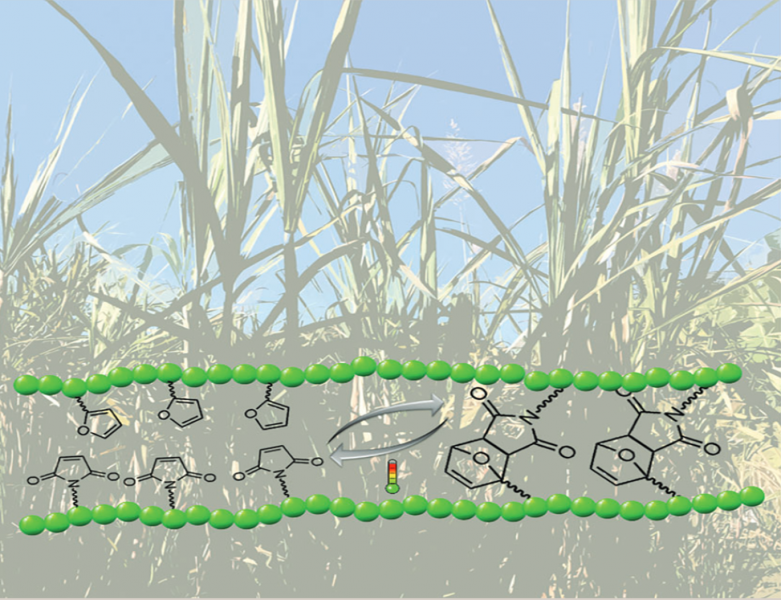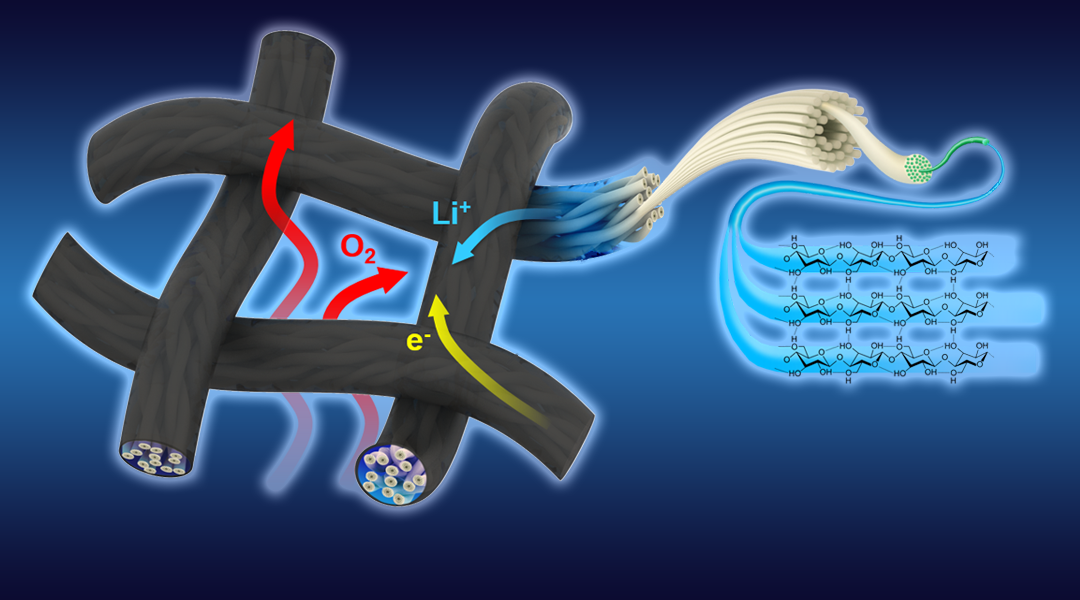Low temperature plasmas (LTPs) show promise as efficient green technologies for enhancing productivity while maintaining good food quality and safety in the many steps of the food cycle. As a result, applications of LTPs in agriculture have led to creation of a new, rapidly developing field called “plasma agriculture.”


![ZIF-Derived Bifunctional Air Electrodes for Rechargeable Zinc–Air Batteries [Video]](https://www.advancedsciencenews.com/wp-content/uploads/2018/02/adfm201705048_ASN_image.png)

![Flexible Nickel–Metal Hydride Batteries [Video]](https://www.advancedsciencenews.com/wp-content/uploads/2018/02/ASN-picture.jpg)















